It’s a story with a lot of good twists—a dusty manila envelope turns out to contain old portraits of still-famous celebrities; a son’s quest brings recognition to his long-dead and mostly forgotten photographer father; the glamorous world of 1950s magazine publishing; and right in the middle, Truman Capote. David Attie was a successful magazine photographer for several decades starting in the late 1950s. He shot for Vogue, Time, Newsweek, Playboy and Harper’s, among others, and published several books of his personal work before his death in 1982. But he was mostly forgotten by 2014, when his son Eli came across a cache of old negatives marked “Holiday, Capote, A3/58” among the boxes in his father’s studio in the brownstone where his mother still lives. Eli Attie eventually learned they came from one of his father’s earliest assignments, to illustrate a Holiday magazine essay by Capote about living in Brooklyn. When the story ran in 1959, it included four of Attie’s images of the borough in a sleepier age. A new show at the Brooklyn Historical Society, “Truman Capote’s Brooklyn: The Lost Photographs of David Attie,” which runs until next summer, includes a mixture of his original prints, his portraits of Capote (and W.E.B Du Bois), and prints made after his death, from the nearly 800 negatives he shot for the story. In them, boys play outside a pet store or swim at a sandy beach on the East River, men in shirtsleeves sit on chairs outside, and a woman walks her three matching dogs, who together look a bit like the Hound of Hades. In their sunny, good-natured picture of urban life, it’s easy to see why Capote’s essay began “I live in Brooklyn. By choice.”
The show also includes prints that Attie made for his very first photography assignment—photo montages illustrating Capote’s short story “Breakfast at Tiffany’s,” which was originally slated to be published in Bazaar. The magazine’s longtime art director, Alexey Brodovitch, was impressed with Attie’s photographs in his Design Laboratory class, and connected him with the project, which eventually appeared in Esquire (although with only one of Attie’s pictures). When Capote was commissioned by Holiday to write an essay about living in Brooklyn Heights, Attie got the assignment to illustrate it. “I can only guess that Capote himself recommended my father to illustrate it,” wrote Eli Attie in a recent essay about the odyssey of rediscovering his father’s work. The images found new life in a reissued volume of Capote’s essay, Brooklyn: A Personal Memoir, With the lost photographs of David Attie, published last year by The Little Bookroom. Like all good pairings of words and pictures, Capote and Attie’s work suggests a collaboration, and, as the show’s press release states, “reveals an intriguing set of relationships and illuminates a particular moment in Brooklyn’s history.”
Related Stories:
Looking for the Soul of Brooklyn Through a Plastic Lens
Street Life
Personal Work That Lands Assignments: Dustin Cohen’s Made in Brooklyn Project
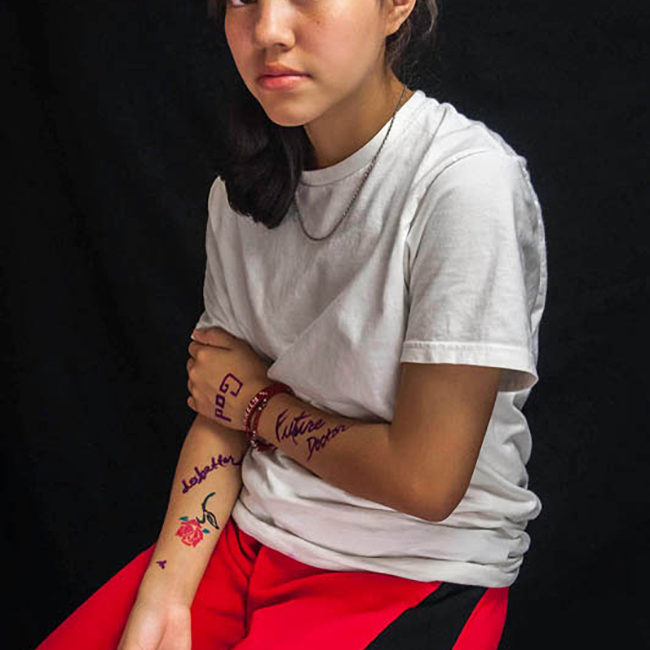
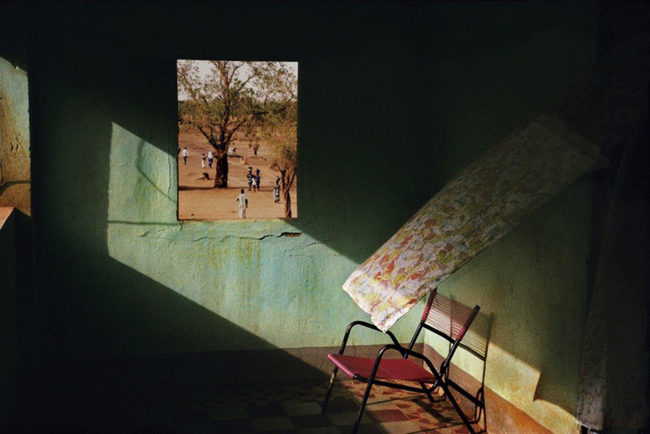



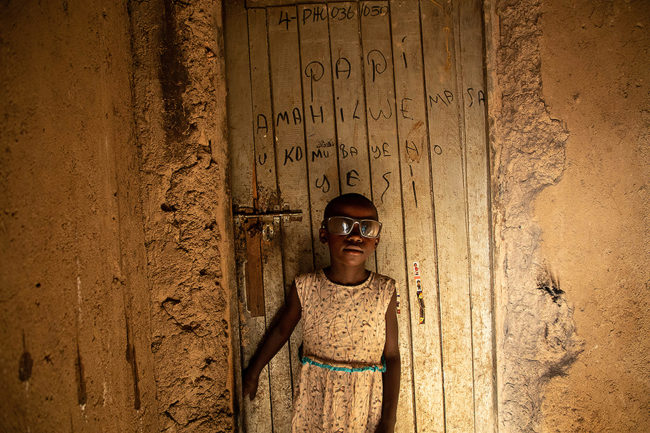
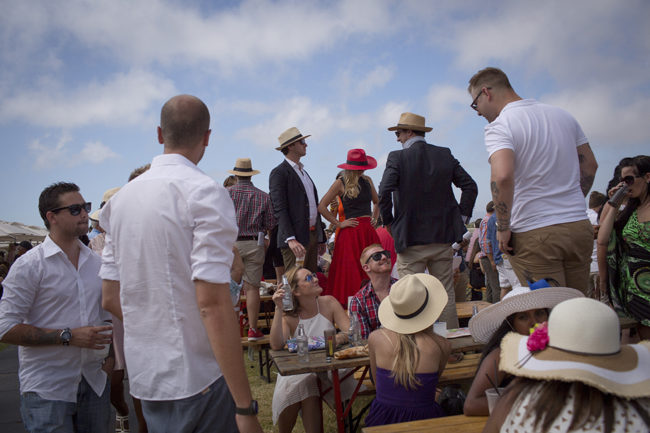

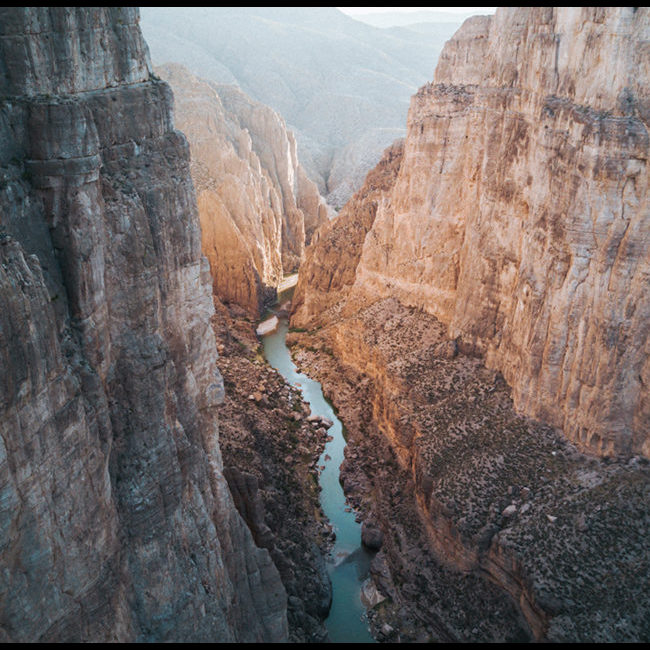
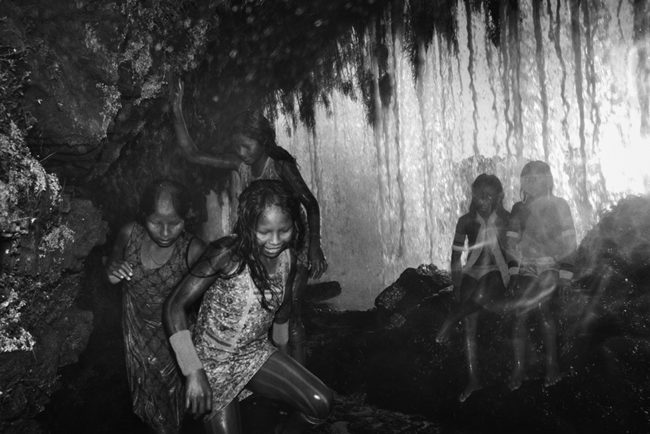
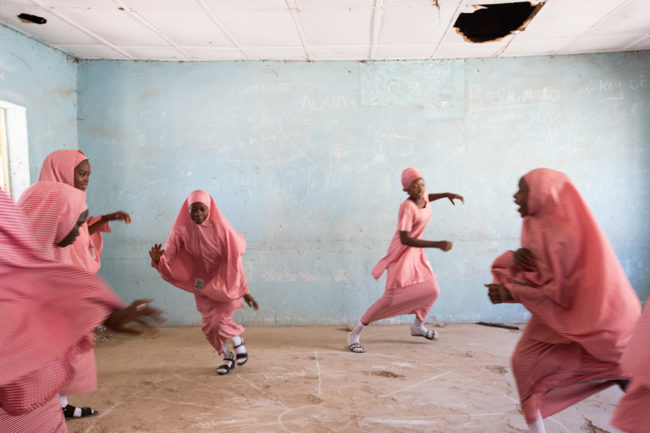
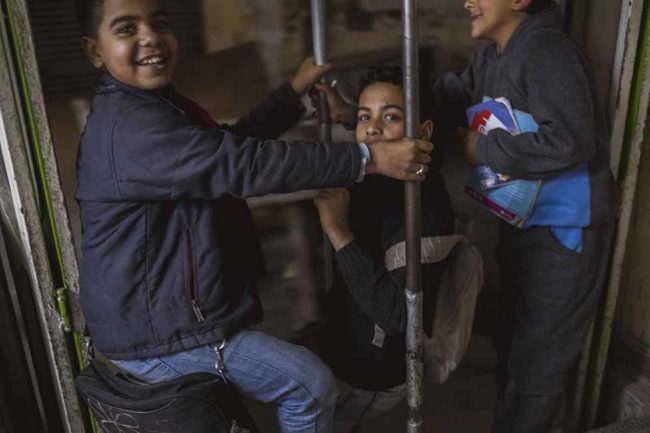
Haven’t thought of Mrs. ,Fiori in years. A few years back was in contact with her daughter Ginger, but lost her number
Wonderful, hope I can get to see the show.